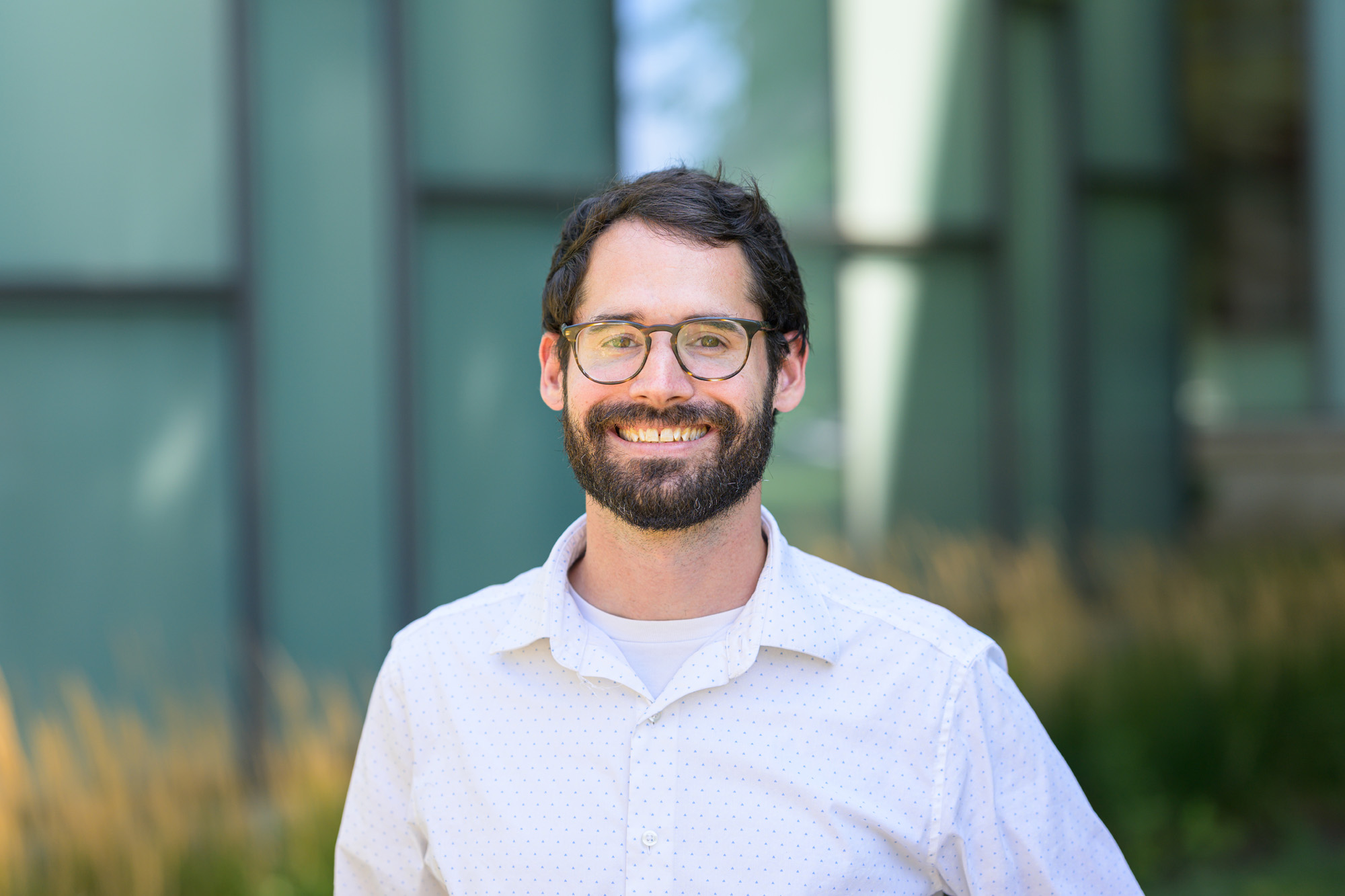Rodney Harrell Talks Livable Communities for AgeLab's Aging and Equity Series
by Adam Felts
The MIT AgeLab hosted Dr. Rodney Harrell, Vice President of Family, Home, and Community at AARP, for a virtual talk on livable communities for older adults. Dr. Harrell’s presentation was part of an ongoing AgeLab speaker series titled Aging and Equity, which aims to amplify researchers, advocates, and practitioners from different disciplinary backgrounds who are working to understand the realities of historically excluded and underserved communities in the context of aging.
Dr. Harrell began his discussion by highlighting the rapid growth of the population of older adults in the United States. The older American population is no longer a minority whose needs might be addressed post-hoc in the community planning process. According to a recent New York Times article, there are now more Americans over the age of 80 than under the age of 2.
With this demographic change in mind, Dr. Harrell turned to a discussion of the livability of American neighborhoods. According to AARP, “a livable community is one that is safe and secure, has affordable and appropriate housing and transportation options, and has supportive community features and services. Once in place, those resources enhance personal independence; allow residents to age in place; and foster residents’ engagement in the community’s civic, economic, and social life.”
Dr. Harrell has been closely involved in the development of an interactive website offered by AARP called the Livability Index, which utilizes a range of data to score neighborhoods based on factors including air and water quality, transportation, cost of living, economic opportunity, healthcare access, and more. The Index may be useful for individuals seeking to better understand the characteristics of their current neighborhood or one to which they wish to relocate, as well as for policymakers and community leaders looking to better understand and improve their neighborhood metrics or livability policies.
Broadly speaking, Dr. Harrell said, many neighborhoods and communities in the United States score low in livability, and most older adults do not live in highly livable communities. What’s more, access to livable communities is contingent on socioeconomic factors such as ethnicity, income, and property ownership.
Given the status of neighborhood quality as a highly influential social determinant of health, as highlighted by Dr. Catherine Garcia’s April presentation for the AgeLab, the work of making neighborhoods more livable and more equitable in their livability should be a key aim for both public health and social justice leaders.
Further, individuals may not be aware of the importance of livability for key health and wellbeing outcomes. Many older adults who choose to relocate do not factor livability into their relocation decisions. Dr. Harrell closed by noting that education and awareness may be valuable for informing individuals on the importance of livability for health and wellbeing for older adults as well as people of all ages.
